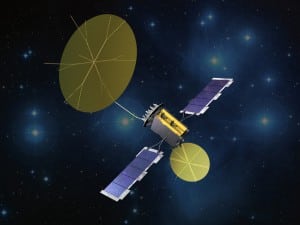
The Navy’s new narrowband satellite communications system finished a test and evaluation phase, marking it as fully operational and assessed as operationally effective and suitable. The Navy’s Mobile User Objective System (MUOS) is a five-satellite constellation that aims to provide narrowband satellite communications for Defense Department and other government organizations. The service said it recently completed a required Multiservice Operational Test and Evaluation. This examines measures of effectiveness, suitability, and performance in “an operationally representative environment.” The service said this…

 By
By 











